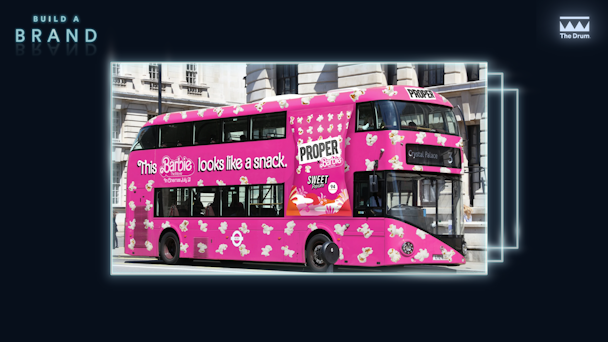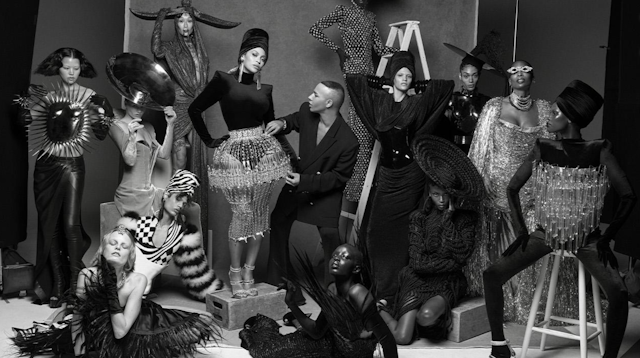Tips for brand collabs in 2024 from The New York Times’ head of partnerships
Brand collaborations were all the rage in 2023 – the Barbie movie being the stand-out case study, seeing Mattel and Warner Bros team up with over 100 brands, making sure pink showed up in every category going. We look at how they can offer a way for brands to tap into new audiences and gain some organic PR.

Navigating brand collabs
Looking back over the past few years, we’ve seen some stand-out brand collaborations, as well as the odd flop. Nike x Tiffany, Yeezy x Adidas and Balenciaga x Fortnite were among the missteps mentioned by Paul McEntee of We Be Dragons when he rated the best and worst brand partnerships, while The North Face’s Frances Bourgeois x Gucci got his seal of approval, as did Aldi x BrewDog.
With so many winners, no doubt scores of marketing teams have held meetings to discuss how partnerships can be a bigger part of how they show up in 2024. We asked The New York Times’ head of partnerships, Danielle Betras to give marketers her top tips for navigating brand collabs in 2024.
“Partnerships, when done right, unlock opportunities, ideas, and success that neither brand could achieve on its own. But what makes for a good partnership? What are the traps that turn good intentions into failed or forced ideas?”
Advertisement
1. Don’t fall into the trap of partnerships for partnerships’ sake
“Your partnership’s purpose – or the value it creates for your audience – is the most important bar to set from day one. A successful partnership marries the equity of each brand to unlock new or exciting results for your combined audience. Partnerships can uniquely solve a challenge for customers or simply unlock a moment of delight.”
Advertisement
2. Create shared value
“Successful partnerships deliver shared value that could not be achieved by either brand on its own. Ask yourself what each brand needs to accomplish because of the partnership, and don’t meet in the middle when it comes to value.
“Take The Athletic’s recent partnership with Stubhub for example. Sports fans obsessively follow the coverage of their teams and events on The Athletic. As soon as interest in and intent to purchase a ticket is created, fans can secure their seat right from The Athletic’s platform. The partnership enables Stubhub to be present further upstream in their customers’ journey and to be top of mind the moment their customers think about catching a game. And on The Athletics’ part, it allows them to deliver a valuable benefit to its readers.”
Suggested newsletters for you
3. Be transparent
“It can be tempting to wait until information (the brief, for example) is perfectly polished or quadruple vetted. While the average creative campaign may work on this ‘waterfall’ approach to planning and information-sharing, great partnerships come from early and open conversations about what could be.
“Successful partnerships may require building a net new product or experience, developing a new approach to contracts or financing and winning over new stakeholders on either side. This means that partnership stakeholders on both sides must trust each other with early information and stay open to pivoting when the direction changes. Brand leaders who want to create partnerships that truly break through and become part of culture need to create safety for their teams to practice radical transparency both internally and with their partners.

“Beyoncé and Balmain’s collaboration was an excellent example of this practice. Balmain’s creative director, Oliver Rousteing, played the Renaissance album on repeat and found the songs bleeding into his work before ever engaging with Beyonce and her team. And the two creatives ultimately trusted each other with the interpretation of their work. The trust and vulnerability led to a partnership that is so natural, with a collection of looks inspired by each song.”
4. Iterate together
“Think of first ideas as prototypes meant to be molded together. If you’re coming to a conversation with your potential partner expecting them to pitch you the perfect idea on the first try (or perhaps hoping that you will pitch a perfect first idea), you’re already setting unrealistic expectations for the collaboration.
“Give yourself and your partners the freedom to explore the unexplored and unlock something that neither brand has ever done before. If you’re not pushing past limits in the early stages, you’ll never know where they are.”

